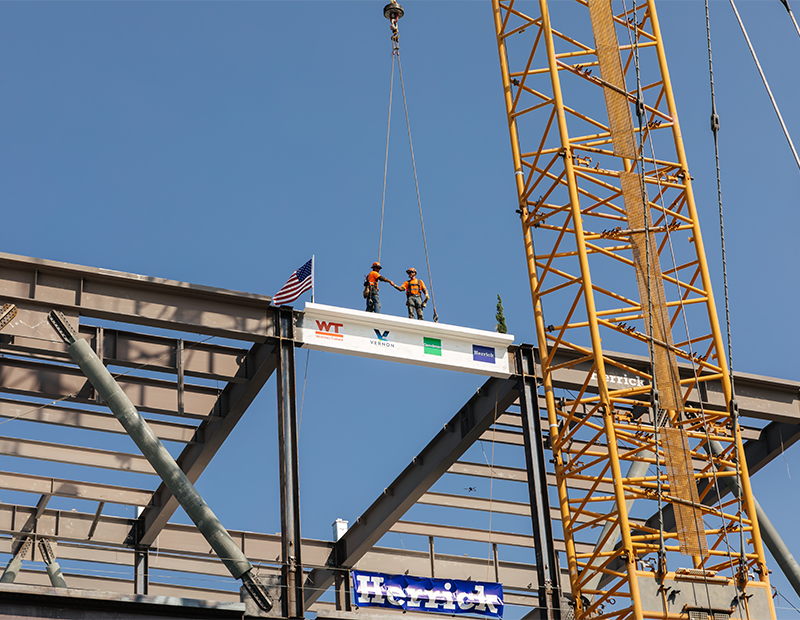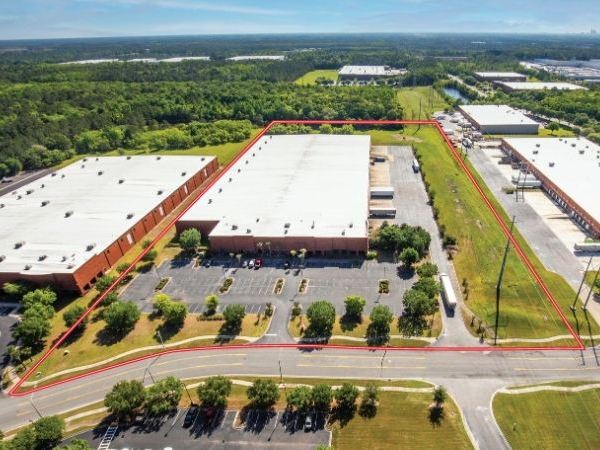After the Long, Dark Winter
Why uncharted conditions demand unconventional thinking about what’s ahead for the economy—and for real estate.
My previous CPE column, published in December 2020, ended with these words: “We will not succeed by underestimating the challenge ahead, but rising to it.” In this essay, I’d like to reinforce that urgent observation, addressing its economic implications, and specifically as it relates to the business of real estate.
By autumn 2020, public health officials were warning that a “long, dark winter” awaited us. Estimates of COVID-19 deaths stood at 199,080 as of Sept. 30, and projections that this would double by Inauguration Day 2021 were dismissed by many as too pessimistic. But according to the COVID Tracking Project, we did indeed breach the dreadful mark of 400,000 deaths on the night of President Joe Biden’s swearing in. It is a long, dark winter indeed, and at this writing, that winter is not yet halfway over.
Our rightful focus now on data and science is salutary insofar as it keeps us grounded in objectivity and rationality. However, there is more to thinking than simple analysis. Literature has, over the years, pushed us to consider the possible consequences of things that go far worse than conventional projections. From Walter Miller’s A Canticle for Leibowitz to David Graham’s Down to a Sunless Sea and Dmitry Glukhovsky’s Metro 2033, novelists have drawn stark pictures of another kind of long, dark future: nuclear winter.
Why trouble ourselves with such an extreme and disturbing reference?
Beyond the comfort zone
There are two reasons, and I’d encourage the pragmatists among us to reflect on the degree to which the following tendencies are operationalized:
- The expectation that “after the winter, comes the spring.”
- Being objective means being mathematical.
The first tendency is expressed in phrases like “the new normal” and “post-pandemic recovery.” Implicitly, such thinking sees the path ahead as following the familiar pattern of recession-recovery-expansion. It also takes the comforting view that if we are at, close to, or even just beyond a “cyclical bottom”—well, then, let’s just take advantage of the opportunities typical of those moments.
For portfolio investors, that can mean rebalancing their real estate assets in light of presumed divergences of risk and reward across property types and geography. For value-add investors, attention focuses on mismatches between fundamental metrics: on one hand, vacancy and rent trends, and on the other, capital market prices and the arbitrage available in a low interest-rate era that will probably persist for several years. For so-called grave dancers, it means scouring the markets when debt distress turns into high-discount deals that pop up with increasing frequency this year and next.
Each of these may have a different interpretation of what the winter-into-spring transition portends, but all have expectations that echo the words of Koheleth: “What has been will be again; what has been done will be done again; there is nothing new under the sun.” (Ecclesiastes 1:9).
This tendency pushes a large swath of the real estate industry into the camp of what I have been recently calling restorationists. The trend was bolstered by the great optimism triggered by the Operation Warp Speed vaccines approved by the U.S. Food and Drug Administration in December. The logistical difficulty of translating those approvals into shots in arms may have tempered the restorationist outlook but did not fundamentally change it: The sun’ll come out tomorrow—bet your bottom dollar, there’ll be sun!
Moving targets
By contrast, I’d characterize an alternative—and much smaller—camp of economists as transformationists. (Disclosure: I lean toward that second camp.) Here’s where I’d introduce some skepticism into the objectivity-equals-doing math approach to economic projection.
Math works very well in modeling processes of continuous change, including cycles, trends and maturation. However, it is less effective in anticipating forms of discontinuous change, phenomena that include disruptions and changes of state. To my way of thinking, the economy is experiencing the latter.
Not only has the COVID-19 pandemic been disruptive (a proposition I think few will dispute) but it’s highly probable that the economy of the 2020s and thereafter may bring differences in kind, as well as in degree, from the past patterns that inform the algorithms in conventional economic models. The emergence of new, evolving coronavirus variants underscores how much of a moving target economic models must cope with. It is a daunting task.
I could be wrong. It wouldn’t be the first or last time. But the potential for economic transformation—a key application of Joseph Schumpeter’s theory of creative destruction—is worthy of serious thought. It has implications for the economy and real estate on multiple fronts: the duration and complexity of today’s conditions, and the decisions facing us during a spring and summer that will be delineated as seasons of the COVID-19 era. It is these themes that I’ll continue to explore in my columns during 2021.
Hugh F. Kelly is director of graduate programs & chair of the executive advisory council curriculum committee at the Fordham University Real Estate Institute, and chair of the institute’s executive advisory council curriculum committee. He is a principal at Hugh F. Kelly Real Estate Economics, a consultancy. Kelly is the author, most recently, of “24-Hour Cities: Real Investment Performance, Not Just Promises” (Routledge/Taylor & Francis).










You must be logged in to post a comment.